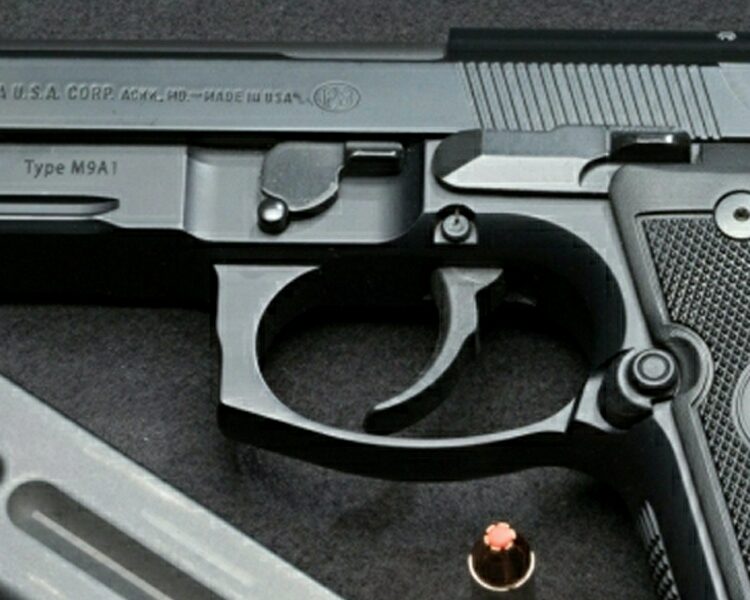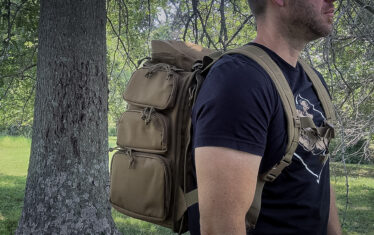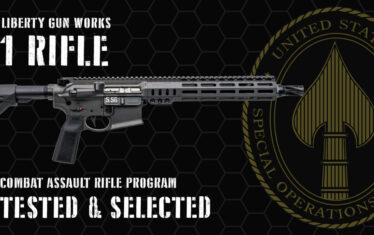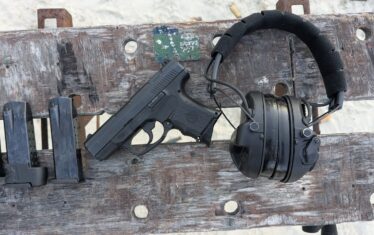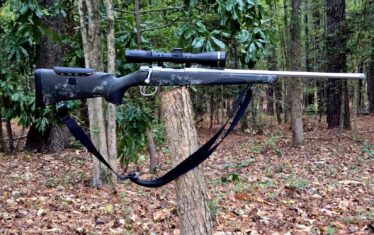Beretta introduced the Model 92 pistol in 1976. The Model 92 was an evolutionary design based on earlier Beretta pistols, as well as the World War II-era Walther P38.
The now-familiar open slide first appeared on the Beretta M1923 pistol. The alloy frame came from the Beretta M1951, sometimes called merely the “951.” The Walther P38, which also featured an open slide, contributed the falling block locking system. Despite not being original ideas, those were sound design choices.
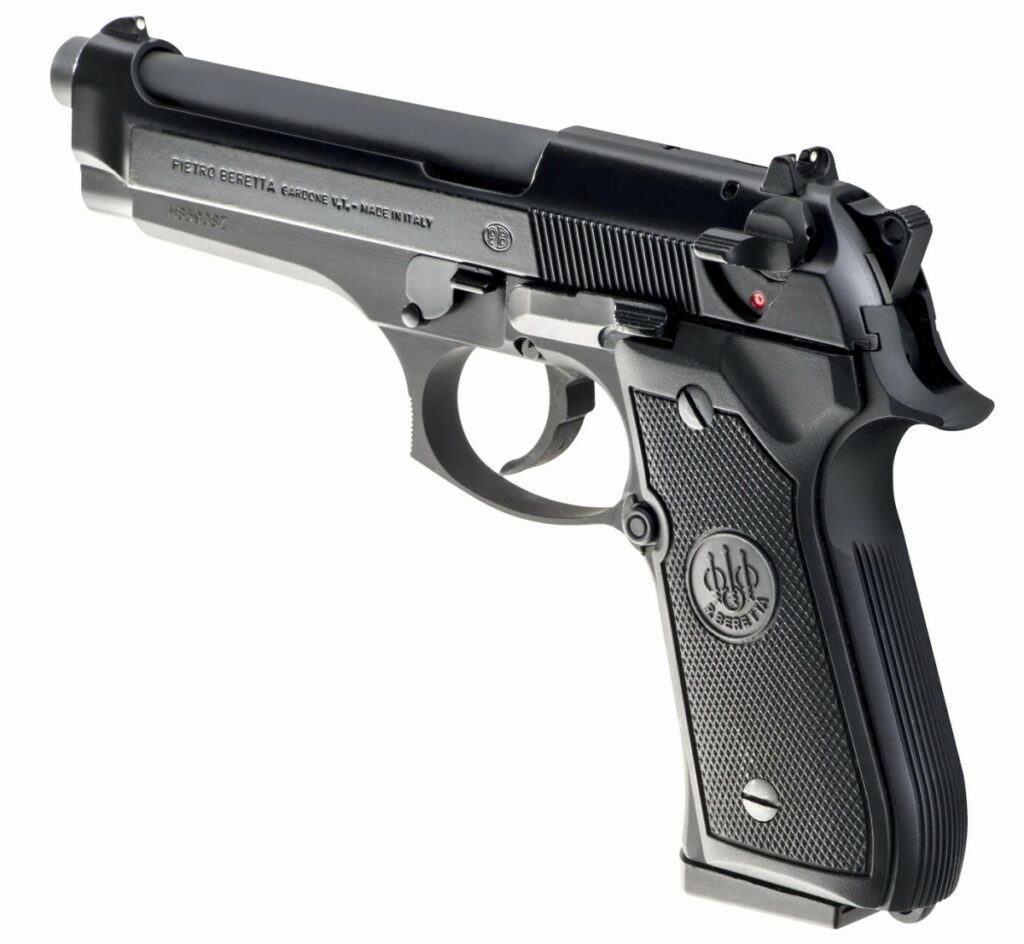
The Model 92 is not light by modern standards. The open slide, however, does reduce weight and it all but eliminates stovepipe malfunctions. The alloy frame also makes the gun a bit lighter, without sacrificing strength in the 9mm chambering. Finally, the falling block locking system is very effective and reliable, contributing to the Model 92’s stellar safety reputation.
The original Model 92 also featured a 1911-style frame-mounted safety catch, but Beretta soon changed it to a P38-like slide-mounted decocker/safety lever. That mechanism has been further updated through the gun’s evolution.

Before we get down to looking at the models in the series, we should mention that Safariland has multiple holster options for the Beretta 92 series of handguns. Find the one you need with the Safariland Holster Finder.
Police and Military Updates to the Beretta 92
Law enforcement agencies testing the Model 92 requested the change from a thumb safety to a decocker/safety. This prompted the Model 92S, the first to fully incorporate the new slide-mounted mechanism.
Military interest grew in the late 1970s and early 1980s, leading to the Model 92SB, featuring an ambidextrous safety/decocker lever, firing pin block, and 3-dot sights. The 92SB also changed the original European-style heel magazine release to the current button-style release. A smaller version, the Model 92SB Compact, was produced from 1981 to 1991. The 92SB Compact featured a shorter slide and barrel and had a 13-round capacity.
1984 saw Beretta enter and win the competition to replace the US military’s aging Colt M1911 pistols. The company’s then-new 92F became the foundation for modern Model 92 variants like the 92FS, 92G, 92X, and M9 series. The Beretta 92F standardized all parts for easy maintenance and logistical support, squared off the front of the trigger guard, enhanced the grip, introduced a chrome-lined barrel, and replaced the old bluing with the new corrosion-resistant Bruniton finish.

The US Army designated the new service pistol as the M9, and Beretta released the civilian 92FS, which updated the 92F with slight internal tweaks. The M9’s 1985 adoption saw explosive growth not only on the government service side, but also in law enforcement and new civilian sales.
Model 92 G, D, and the Model 96
Police agencies transitioning to semiautomatic pistols from revolvers requested that Beretta change the safety/decocker to a decocker-only mechanism. They believed that would make it easier for cops accustomed to a double-action first shot with no safety mechanism. This resulted in the Model 92G, in which the lever is the same, but only functions as a decocker, immediately reverting to “fire” mode when activated.
The Beretta 92D was a double-action-only version that entirely omitted the safety/decocker lever, relying on the double-action pull itself. The 92D also included a lighter hammer spring to ease the double-action pull. The 92D was not a commercial success, unlike the 92G, but the lighter hammer spring is now available as an upgrade to other models, as is the 92G decocker mechanism.
The Model 96 is essentially a sub-series of the 92 that features pistols chambered in .40 Smith & Wesson. The 96 series pistols were a response to American law enforcement agencies adopting the .40 S&W cartridge. Beretta beefed up the frame and slide to handle the hotter loads.
Demand for the Model 96 has decreased as law enforcement agencies return to 9mm, though the Model 96 A1 is still available. Beretta did the Model 96 right by making accessories, such as the 92G decocker, compatible with both Model 92 and Model 96 pistols.

US Military M9 Pistol Evolution
The M9 was showing its age by the early 2000s. Beretta and the US military responded with the M9A1, featuring a beveled magazine well, aggressive front and backstrap checkering, and an accessory rail. 2015’s M9A3 incorporated the civilian Model 92 Vertec pistol’s removable front sights and slimmer backstrap.
A constant criticism of the Model 92, and the M9, was its large grip which made it difficult for shooters with small hands. The new backstrap addressed that problem. The M9A3 did, however, include wraparound rubber grips that mimic the original grip dimensions. The 92G decocker mechanism was also an M9A3 feature. The US military ultimately rejected the M9A3, choosing instead to seek an entirely new pistol for the XM17 project.
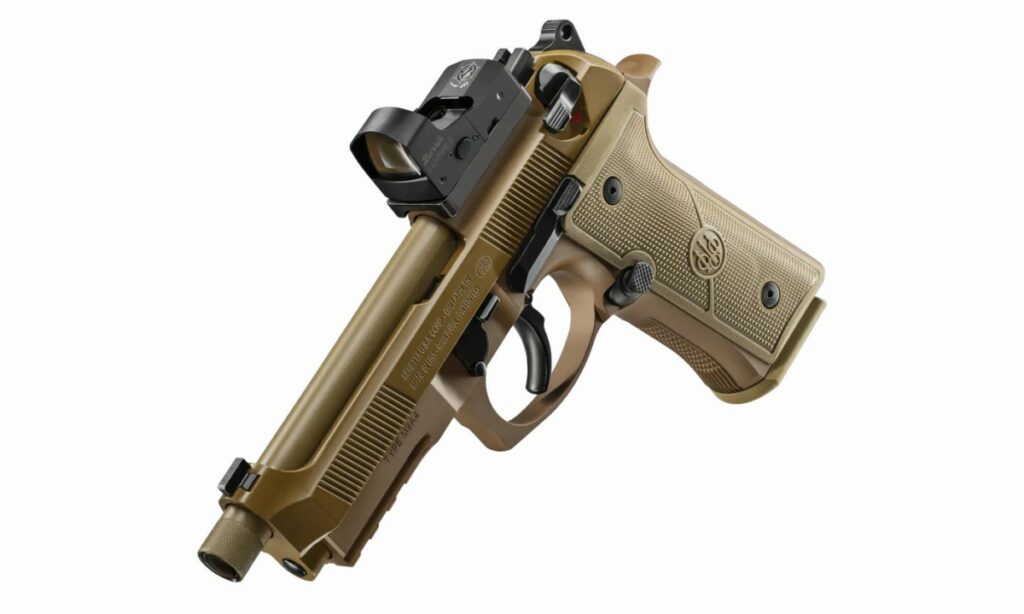
The recent M9A4, though not a US military pistol, carries on the M9 line. The M9A4 features the Vertec grip, an optics-compatible frame, dovetailed tritium night sights, three-slot Picatinny accessory rail, and Beretta’s new enhanced short reset Xtreme trigger system. There’s also a new 18-round flush magazine.
Other Beretta 92 Variants
Beretta has continued upgrading the Model 92, keeping it relevant even today. The pistol’s fundamentally sound design has allowed the company to meet modern demands, resulting in numerous variants. There are more variations than can be discussed in this article, so let’s hit briefly on the more prominent ones, beginning with the current product line.
Current Beretta 92 Pistols
The Model 92FS
This is the basic flagship Beretta handgun. The 92FS is a double/single action hammer-fired pistol chambered in 9mm Parabellum. It sports a 4.9-inch barrel with a standard 15-round capacity. 18-round flush magazines are available. Bruniton or Inox finishes are available.
The Model 92FS Brigadier
The Beretta 92FS Brigadier variants feature a heavier slide, which means less felt recoil. They also have a dovetailed front sight, along with other variant-specific enhancements. These guns have been popular with competition shooters who like the Model 92 but want increased performance. Current factory availability is limited to the Model 92 Brigadier in Bruniton or Inox finishes. Past Brigadier variants have included the Elite, Elite IA, Elite II, 92G-SD, and Brigadier Tactical.
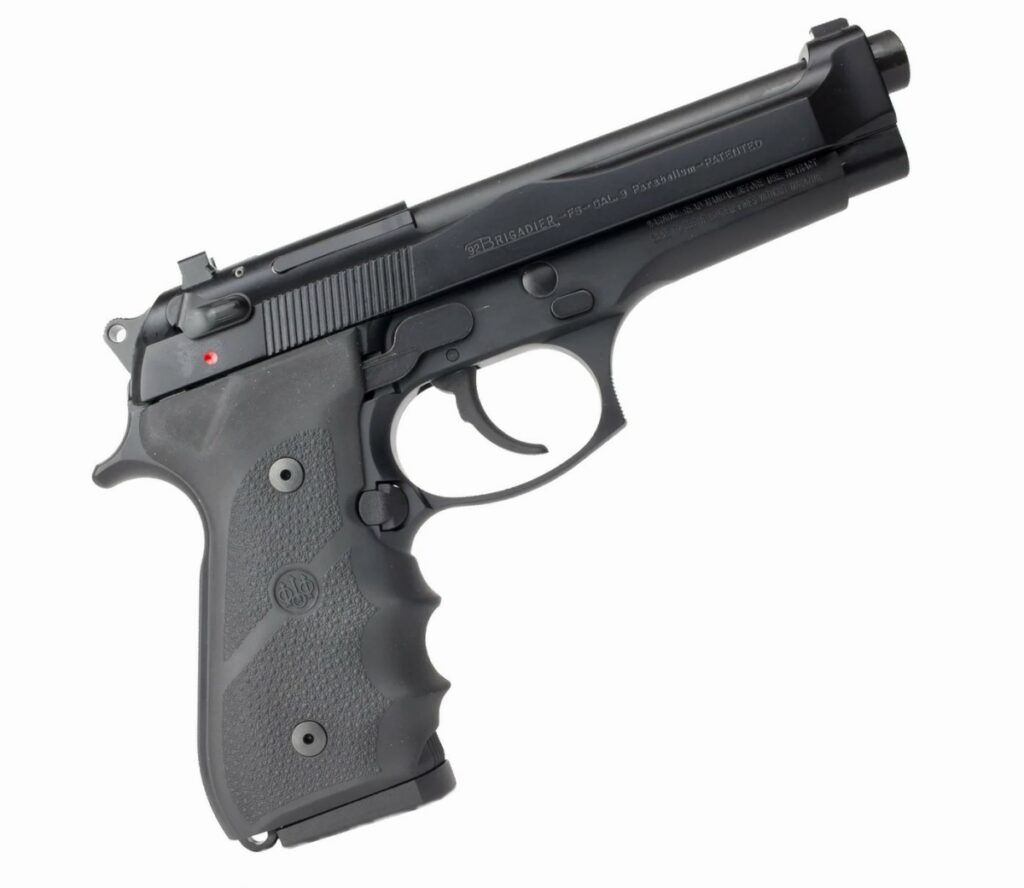
The Model 92X Performance
This one is available in two variants, the Performance Carry Optic and the Performance Defensive. These guns differ from the 92X in the following significant ways: a frame-mounted thumb safety instead of the familiar slide-mounted safety/decocker; optics ready with mounting plates; steel Vertec frame; the new fully adjustable Xtreme-S trigger system, which Beretta says is the most advanced they have ever produced; and a new, durable Nistan finish. The Performance Carry Optic features an accessory rail while the Performance Defensive does not.
The Model 92XI SAO
The Model 92XI SAO is a single-action-only variant with a frame-mounted safety. It features the Xtreme-S flat-faced trigger and a lightweight skeletonized hammer. Other features include a Vertec-style frame, fiber optic front sight, and MRDS mounting capability. The 92XI SAO Tactical adds a threaded barrel and suppressor height sights.
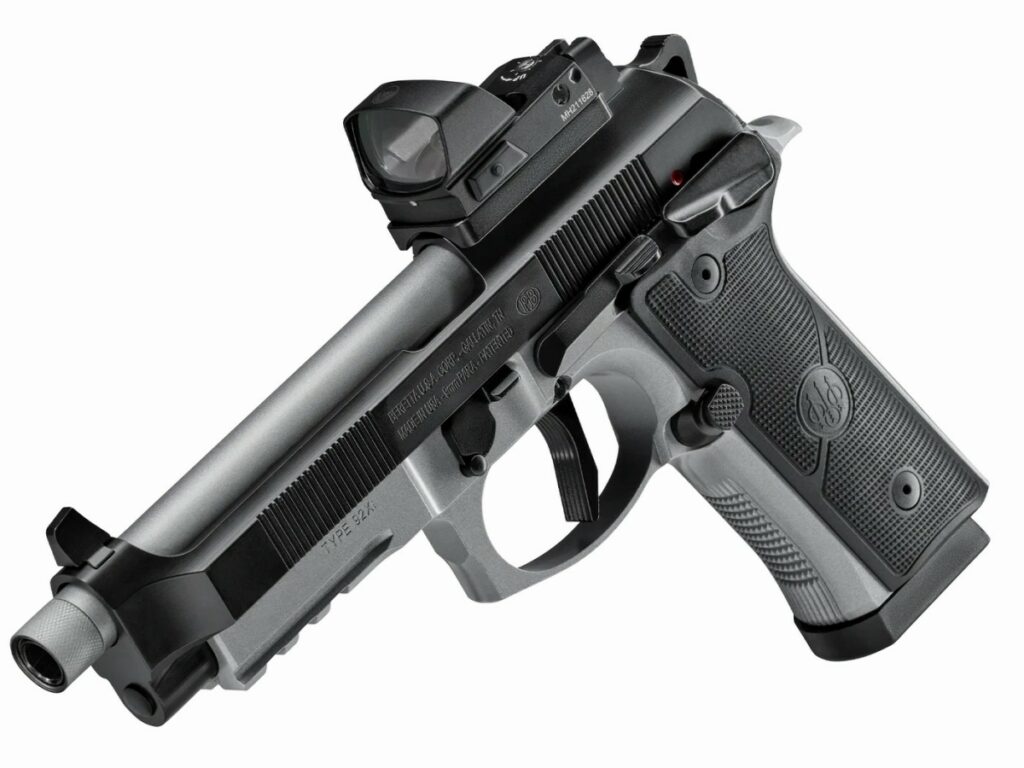
The Model 92XI Squalo
The 92XI Squalo (Italian for “shark”) includes all the 92XI SAO’s features, plus a Toni System flared mag well, specially designed Hogue grips, a fiber optic front sight, and a 22-round 9mm Parabellum capacity.
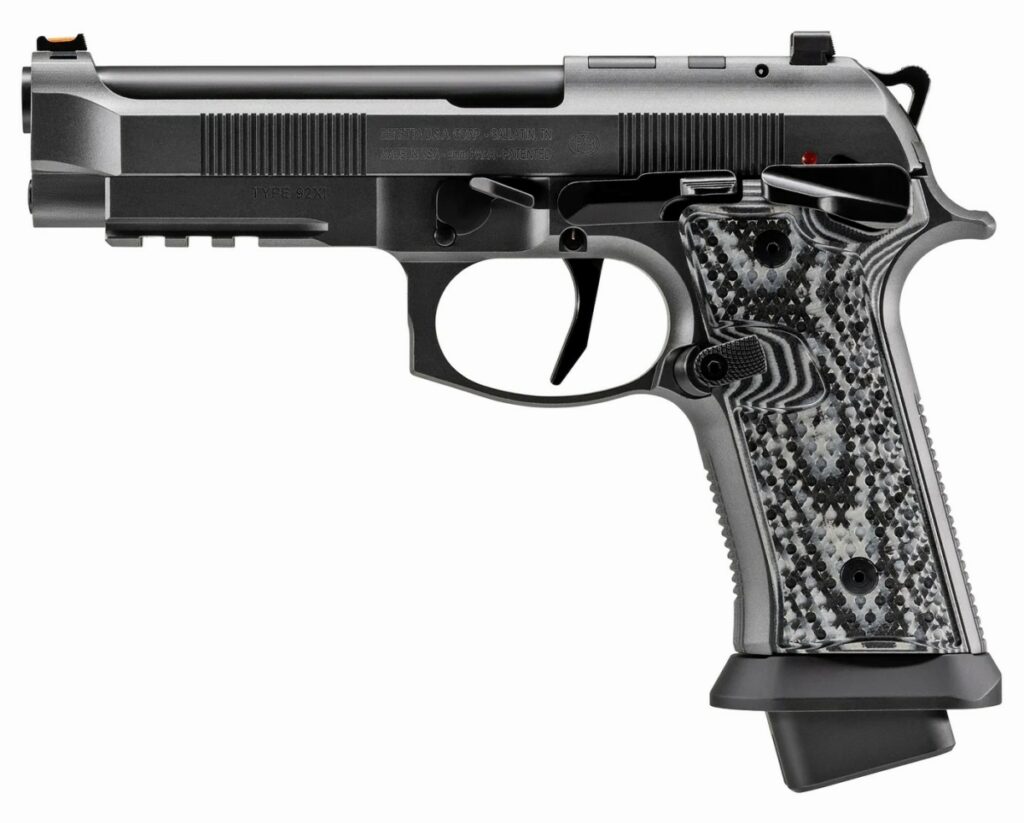
The Model 92X RDO Full Size
This model features an optic-ready slide, slim Vertec-style grips, a short reset trigger, an 18-round magazine, a 3-slot accessory rail, and the “universal slide” compatible with both F-style safety/decockers and G-style decockers. The 92X RDO Compact offers a shorter, 4.25-inch barrel, and the gun’s height is reduced from 5.4 to 5.25 inches.
The M9, M9A1, M9A4 Full Size, and M9A4 Centurion
These models are all available, with the Centurion offering an optic-ready slide. The M9 is also available in .22 Long Rifle.
The Model 92X Centurion
The 92X Centurion is based on the M9 line but adds improved ergonomics with the standard straight backstrap profile and flat wraparound grips designed to fit most shooters out of the box. The gun also includes combat sights and an extended magazine release.
The Model 92 FSR is chambered in .22 Long Rifle, with a suppressor-ready version.
Previous Beretta 92 Handguns
These variants are no longer produced but may still be encountered in the wild.
The Vertec
Besides influencing the M9A3 and M9A4, the Beretta 92 Vertec is a nice gun on its own. Features include the slimmer grip, removable front sight, accessory rail, flared mag well, and a shorter 4.7-inch barrel, as opposed to the standard 4.9-inch barrel. The Vertec is no longer listed as a new option.
The 92FS Compact L
The Compact L has a 4.25-inch barrel and a shorter grip. It has a 13-round capacity. “Compact” is a relative term here, since the Compact L is more akin to what we consider duty guns like standard Glocks. Originally based on the Model 92SB, the Compact L guns are based on the 92FS. There are several Compact L variants, including the Type M (discontinued in 2004), the Custom Carry I and II, and the M9A1, which includes an accessory rail and aggressive grip checkering. The Model 92 Compact L is no longer available as a new factory handgun, with compact options moving to the Model 92X line.
The Model 90Two
An odd, supposedly “enhanced” Model 92 with polymer wraparound grips and a new appearance. The Beretta 90Two isn’t common, but it needs to be mentioned, if only for the strangely confusing name.

The Model 92X
The 92X is a performance pistol that is essentially the civilian version of the M9A4. It features the Vertec grips with wraparounds, a “universal” slide with F or G safety/decocker capability, beveled mag well, combat sights, a three-slot Picatinny rail, and enhanced mag release. The 92X also returned to the classic rounded trigger guard. The basic 92X is not currently a factory option.
The Classic “Wonder Nine”
The Model 92 was one of the original “Wonder Nines,” along with the equally excellent CZ75. Their high-performance, double-stack 9mm designs took the world by storm. Seven or eight rounds suddenly didn’t cut it. Six-shooters became old fashioned.

Rarely is a near five-decade-old design not only relevant, but among the best-selling products in the world. That the Model 92 is Beretta’s flagship handgun is an understatement. It’s probably safe to say it may be the company’s flagship product across all platforms, though certain shotgun enthusiasts may dispute that claim.
It remains to be seen whether Beretta can maintain the Model 92 going forward. Firearms constantly evolve. But Beretta seems to be keeping up, with new ergonomics and optics-ready options. That the company can do that speaks to the design’s fundamental quality and soundness. It’s probably safe to say that the Model 92 still has room to grow. And that’s a good thing because it might be the coolest handgun ever built.





